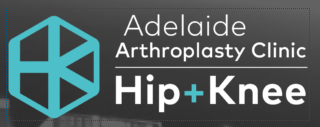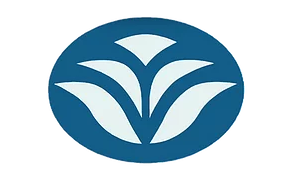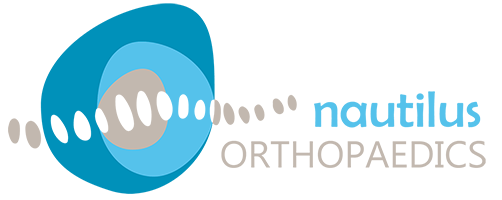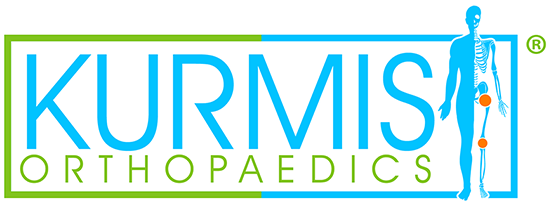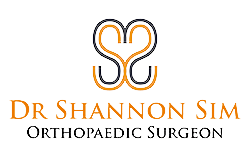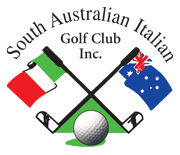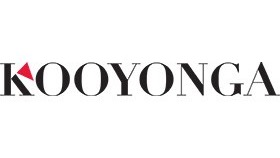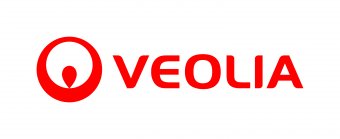There are several different assessments we use as paediatric physiotherapists when working with infants and children. These assessments assist us with objectively evaluating a child’s gross motor skills, identifying difficulties and tracking progress. Some of the assessments we use at The Physio Clinic include:
The Alberta Infant Motor Scale (AIMS):
The AIMS is a standardised observational assessment which is used with infants from birth to 18-months-old. The AIMS assesses an infant’s early gross motor development in 4 different positions:
- Prone (lying on tummy)
- Supine (lying on back)
- Sitting
- Standing
The skills an infant demonstrates in each position are noted, and then compared against expected norms for their age (eg. 5th percentile, 50th percentile, 75th percentile etc.). The AIMS is often used as a quick and easy screening tool to identify infants delayed in their gross motor skills, which supports early intervention. The AIMS is also very useful to track an infant’s progress over time and can be used as supporting evidence for NDIS applications.
The Test of Gross Motor Development – Third Edition (TGMD-3):
The TGMD-3 is a standardised gross motor skill assessment for children aged 3 to 11 years old. The TGMD-3 has 2 sections:
- Locomotor skills (like running, jumping, hopping, skipping)
- Ball skills (like catching, bouncing, throwing, kicking).
The TGMD-3 evaluates both skill acquisition and quality. In other words, it assesses both IF the child can do a skill and HOW. The child is scored points for demonstrating technique components, then a total score is calculated for each section to determine percentile ranks and age-equivalents. Many of the skills assessed in the TGMD-3 are important for school activities and recreation. We use the TGMD-3 to identify what skills children are having difficulty with so that we can better target our goals and intervention. We also use the TGMD-3 to track progress and use it as supporting evidence for NDIS funding.
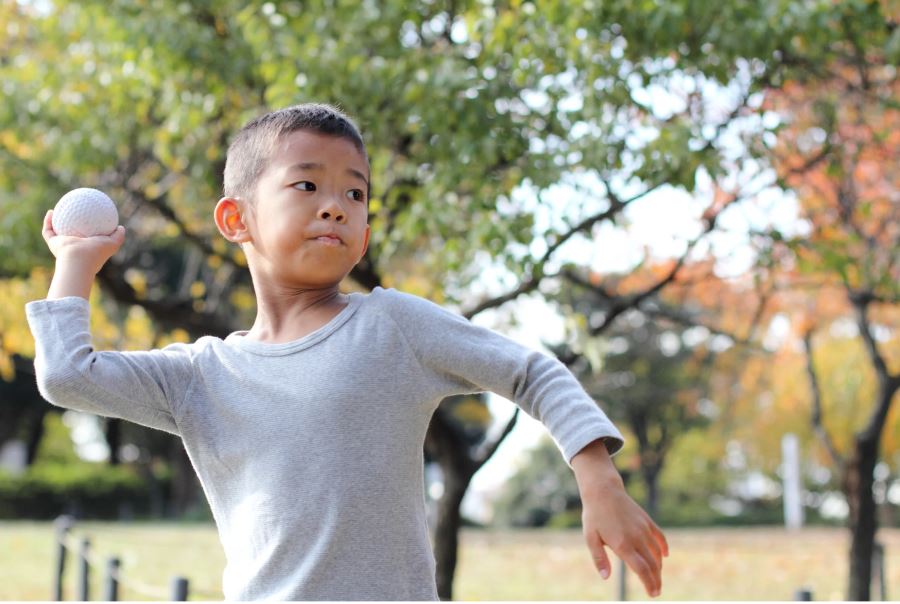
(https://activeforlife.com/throwing-how-to-teach-kids-to-throw-correctly/)
The Hammersmith Infant Neurological Examination (HINE):
The HINE is a neurological examination for infants aged 2 months to 24 months old. It can be used with infants born full-term and infants born prematurely. The purpose of the HINE is to identify any neurological abnormalities that may be indicative of a neurological condition such as Cerebral Palsy. It therefore can assist with early detection of Cerebral Palsy to facilitate early intervention and referral to specialist services. The HINE has 5 sections which are scored:
- Cranial nerve function
- Posture
- Movements
- Tone
- Reflexes
Research has been conducted to determine cut-off scores which help in interpreting the meaning of an infant’s HINE score. It is recommended that the HINE is completed with infants who have risk factors for Cerebral Palsy in their clinical history (eg. prematurity, bleeds in the brain), and that it is used in conjunction with other assessments (eg. neuroimaging). It is also recommended that sequential assessments are completed as the infant grows and develops their gross motor skills (ie. at 3 months, 6 months, 9 months etc). The paediatric physiotherapists at The Physio Clinic have participated in formal training for administrating the HINE.
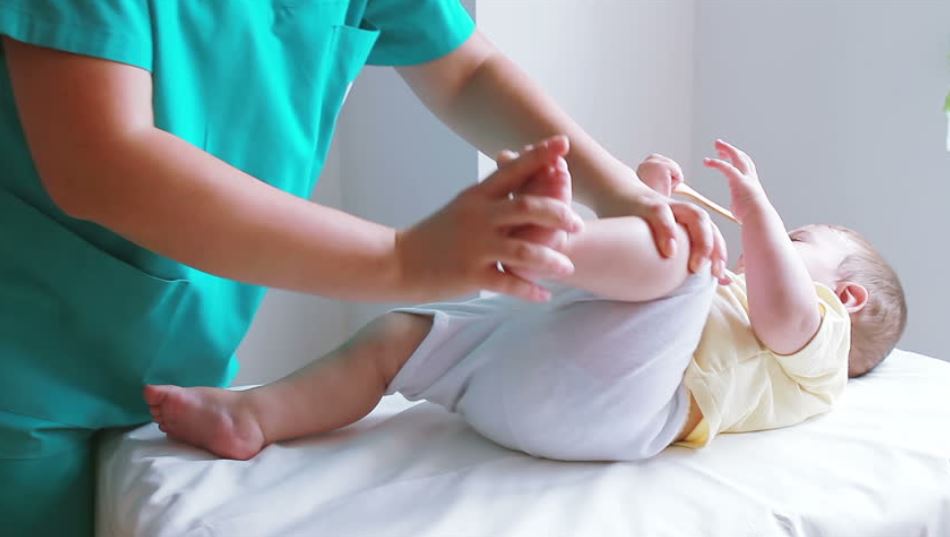
(https://effectivephysio.com/pediatric-physiotherapy/)
If you would like more information about these assessments or would like a paediatric physiotherapist to complete an assessment of your child, please call the The Physio Clinic on 8342 1233.







